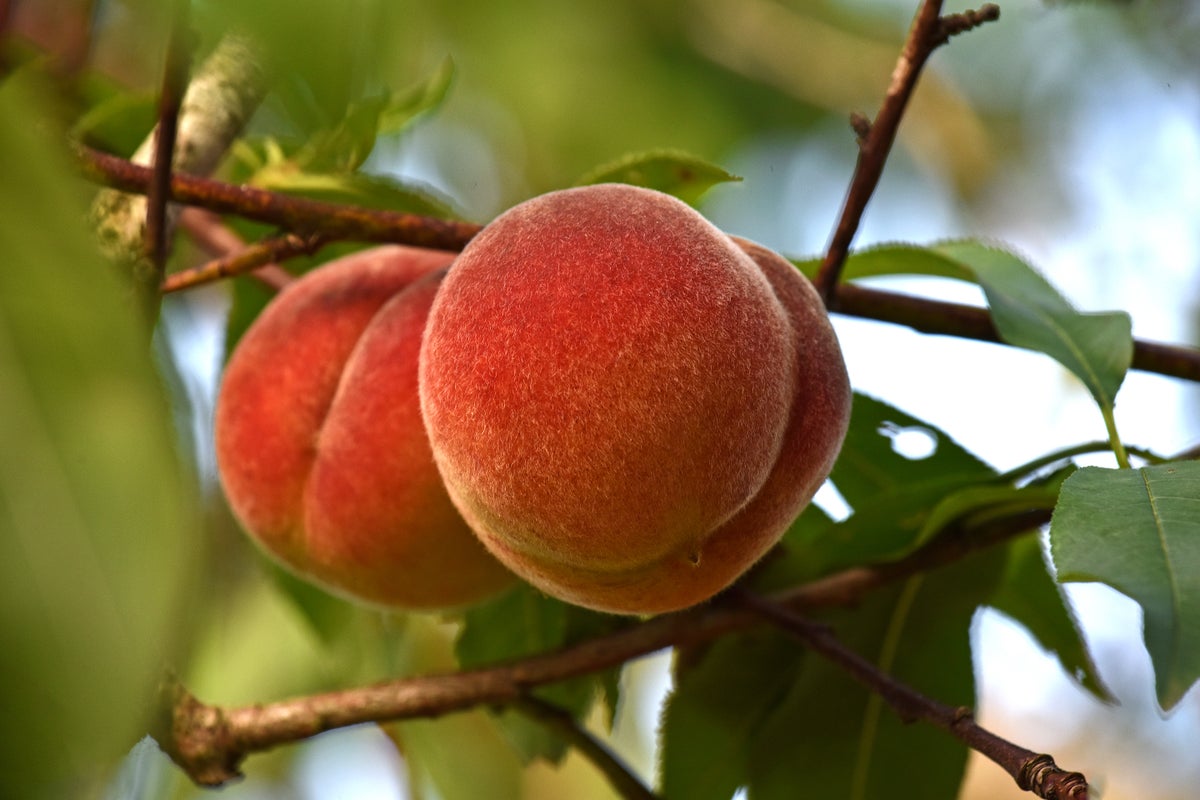
Peaches, now a symbol of the U.S. Southeast, have a rich history that dates back to their introduction by Spanish colonists in the 1500s. Indigenous peoples played a crucial role in the spread of peaches across the eastern United States, significantly influencing agricultural practices in the region. Recent research published in September 2024 highlights the historical significance of Indigenous communities in peach cultivation, revealing archaeological evidence of peach pits in Georgia that date back to the early 1500s. This evidence underscores the long-standing relationship between Indigenous peoples and peach farming [bd849eec].
The state of Georgia, often referred to as the Peach State, owes its nickname to this legacy. Peaches spread rapidly throughout the region, reaching Arkansas by the 1670s and New York before the 18th century. However, the U.S. Indian Removal Act of the 1830s displaced many Indigenous nations, yet their connection to peaches has endured despite these challenges. The modern peach industry in the U.S. is closely linked to the introduction of the Chinese Cling variety in the late 1800s, which has become a staple in peach production [bd849eec].
Future research may delve into the genetic links between current peach varieties and those cultivated by Indigenous peoples, further illuminating the historical and cultural significance of peaches in the Southeast. This exploration not only highlights the agricultural heritage of the region but also acknowledges the contributions of Indigenous communities to the cultivation and spread of this beloved fruit [bd849eec].